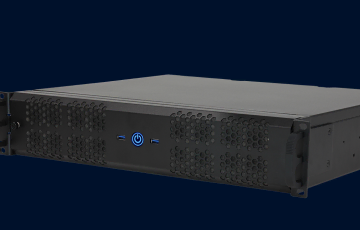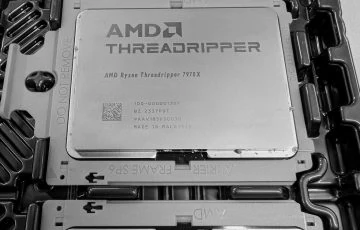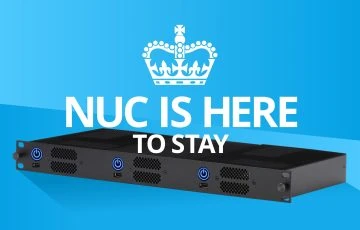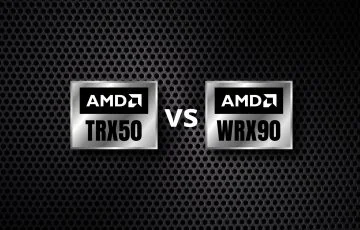The hype surrounding Intel’s influx of innovation over the past couple of months came to a head at CES 2017 when their new 7th generation line-up took centre stage. However, the excitement still hasn’t ebbed due to the anticipated arrival of their Skylake Xeon v5 processors, which are beginning to gradually become available as part of the new updates.
But how do they differ from v4, and why should you be holding out for the benefits of v5?
Core, blimey!
All we can say is that the number of cores speak for themselves. Where the topmost E7 v4 processor variant (E7-8890) only saw at its top end a 24 core chip, Intel has confirmed a 28 core E7 v5 processor with 165W Thermal Design Power (TDP). This is a considerable step up, with a lot more compute power promised as a result. But that’s not all – there is even a possibility that a flagship E5-2699 v5 processor could arrive on the scene with 32 cores and a gigantic 64 threads! That’s really something to look forward to.
Here’s what we know of the Xeon v5 processors so far:
- 14nm process node
- LGA 3647 socket
- E5 range for 2S/4S chips = up to 26 cores
- E7 range for 4S/8S chips = up to 32 cores
- 6-channel DDR4 support
- Up to 38.5 MB L3 cache (E7)
- At least 20% faster than v4
The increase in performance of the v5 will naturally come with a price, but it is understood that they won’t be overwhelmingly more expensive than their predecessor.
We’re thrilled to announce that our new ‘Industrial’ and ‘Server’ series variants of our 1U PC and 1U Nano products are now able to support Intel’s Xeon E3 and E5 v5 processors, our S325 and S345 models already integrating and using the next-gen CPUs.
Kaby Lake v6 also on the cards
We don’t mean to jump the gun, but specs are also now emerging with details surrounding the upcoming Kaby Lake E3 v6 processors due to a premature list release. What we can reveal is that the TDP for the v6 will be lower than the v5 by around 7-8W, depending on graphics, and each E3 processor will have 8MB of L3 cache. We can already see these will be faster again than their v5 siblings.
There is still a lot on the horizon for Intel, and indeed for our products, with the Xeon v5 processors now available in a selected range of our server models. If you think the new Xeon processors could benefit you or you would like to talk more about their advantages, just get in touch.






